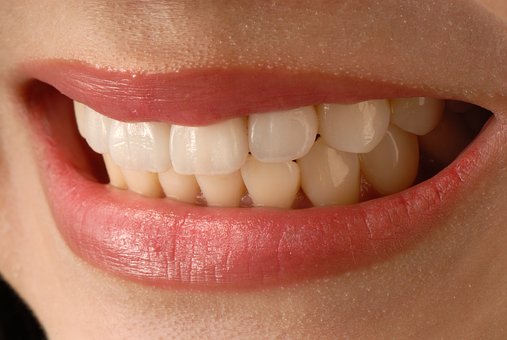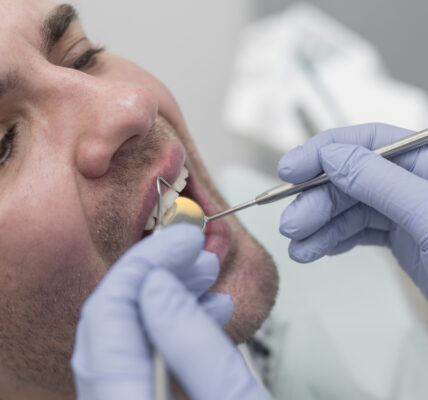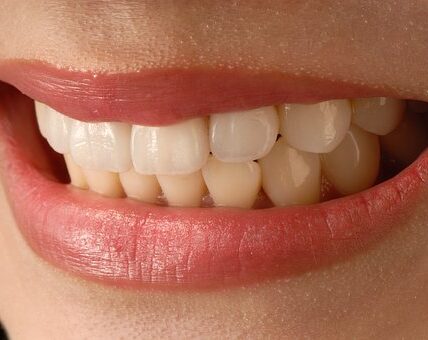When most people think of Invisalign, they imagine the clear aligners that help straighten teeth discreetly. However, Invisalign is not just about achieving a perfect smile — it can also play a significant role in correcting bite issues. If you’re considering Invisalign for bite correction, here’s what you need to know before starting your treatment.
Understanding Bite Problems
A proper bite means that your upper and lower teeth fit together comfortably when you close your mouth. When this alignment is off, you may have a bite issue such as an overbite, underbite, crossbite, or open bite. These problems can cause more than cosmetic concerns; they can lead to jaw pain, uneven tooth wear, difficulty chewing, and even speech problems if left untreated.
Can Invisalign Fix Bite Issues?
Invisalign aligners are designed to gradually move teeth into better alignment, and in many cases, they can effectively correct mild to moderate bite problems. Whether you have a slight overbite or a minor crossbite, Invisalign may be a suitable solution. More complex cases may still require traditional braces or additional dental treatments, but thanks to advances in Invisalign technology, more patients than ever are eligible for clear aligners.
The Importance of a Personalized Assessment
Before starting Invisalign, your dentist or orthodontist will carefully examine your teeth, jaw, and bite. Not every bite problem can be fully corrected with Invisalign alone, so it’s essential to receive a personalized evaluation. Your provider will take digital scans and create a customized treatment plan, which will show you the step-by-step movement of your teeth and estimate the treatment timeline.
What to Expect During Treatment
With Invisalign, you’ll wear a series of clear aligners that gradually shift your teeth into better alignment. For bite correction, attachments — small tooth-colored bumps — may be added to help the aligners grip and move teeth more effectively. Depending on your case, elastic bands might also be used to help adjust your bite.
Consistency is key. For successful bite correction, you must wear the aligners for 20 to 22 hours per day, removing them only to eat, drink, brush, and floss. Most treatments take anywhere from 12 to 18 months, though bite correction cases may vary in length.
Conclusion
Invisalign can be a comfortable, convenient way to not only straighten your teeth but also correct bite issues that may be affecting your oral health. A thorough consultation with a skilled Invisalign provider will help determine if it’s the right solution for you. With the right care and commitment, Invisalign can lead you to a healthier, more balanced smile.




